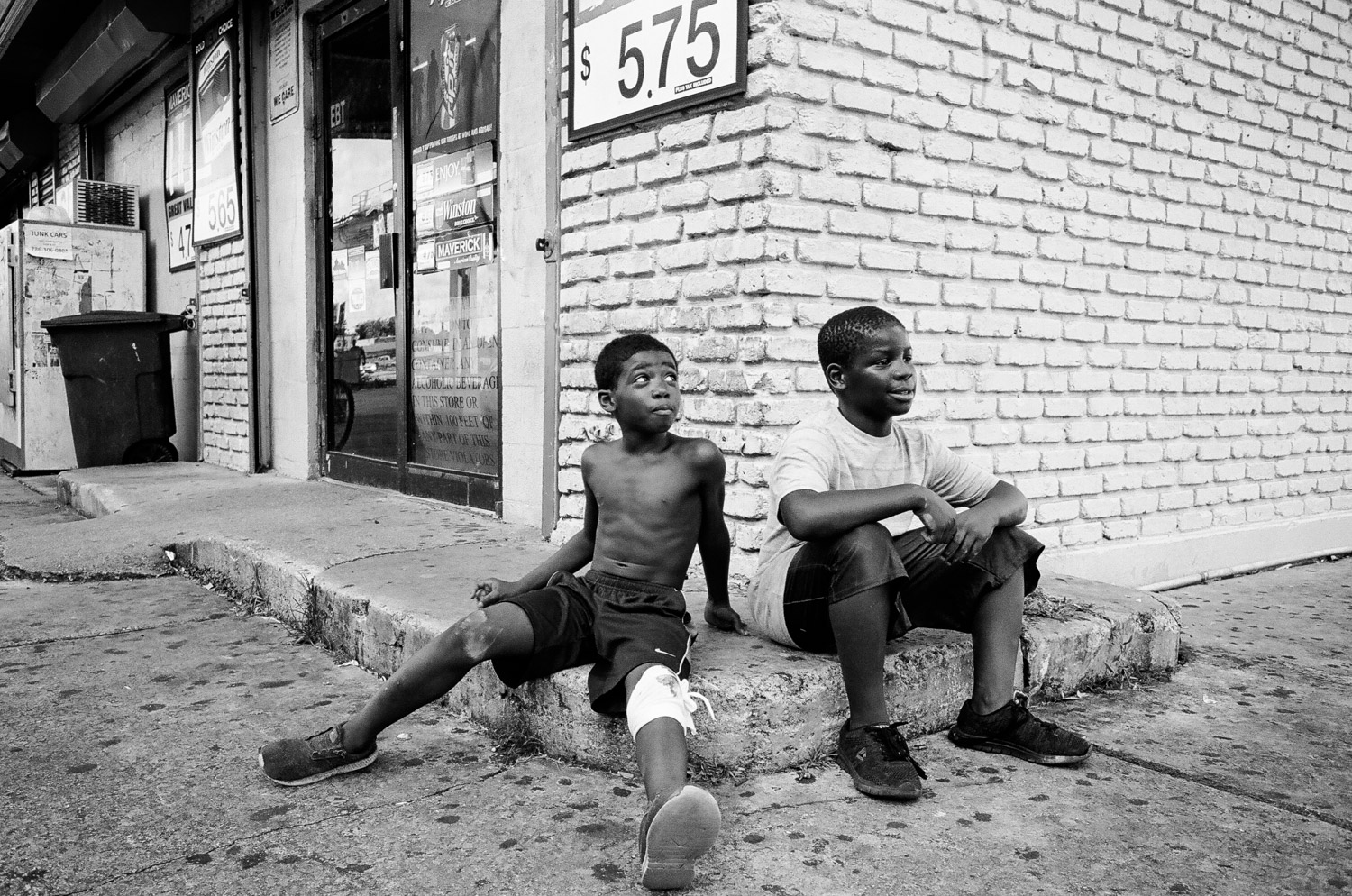Liberty City is one of the most historic and culturally rich parts of Miami that no tourist will see. Its history told through its largest housing development called “Liberty Square.” In 2016 I visited Liberty Square to experience that history for myself and try to understand where the community was heading. I returned in 2018 to expand my research outside of the housing project and see how the same themes affect neighboring communities.
Today, Liberty Square is known for gang related violence. Unlike large street gangs in other major cities, most of the gangs are small and spread out. Shootings are common and the victims aren’t always gang affiliated. The collateral damage involves innocent victims caught in the crossfire. Gun violence is out of hand and officials are struggling for an effective answer.
I was struck by the culture that exists around guns there. It wasn’t uncommon to notice a rigid bulge in a waistband. I was told that most people get there license to carry a firearm before a license to drive a car. “It’s not like Cali out here. It’s the wild west in Florida.” That’s what Z told me. Originally from Trinidad, his family moved to Florida when he was a young child.
He walked me through the barren housing project where he spent most of his childhood. Brownsville, or as most people in Liberty City know it, “the subs,” is infamously known for trap houses that move drugs. The history is etched into the land. Gun holes in mail boxes, fences, and trees. Signs posted around the projects read “Up to $5,000 will be paid… for information leading to the arrest of and conviction of any person dealing in illegal drugs on these premises.” Another read, “Gun Bounty Program.
How to get a stack. Get $1,000 cash reward for information that leads to a person with an illegal gun. NO Name, ID, Questions.” Among the memories of bullets flying, Z spoke more of the qualities that define a real community. “Everyone knows everyone in here. People can let their kids play outside from a young age because they know someone is looking out.”
In nearby historic Overtown, Reggie O’neal paints murals that reflect the complexities of his neighborhood giving his people an opportunity to see themselves as they are. Images of the interstate 95 built like a wrecking ball through their community.
His sister, a victim of generational domestic abuse. The innocence of his young niece. Like Liberty City, Overtown faces similar challenges. One block away is Miami’s arts district where new businesses are flourishing. As the neighborhood changes, he knows it won’t be long before his murals are painted over and the buildings are repurposed.
The reality facing Reggie and Z and both of their communities offers no simple solutions. The neighborhoods that grew out of segregation are being fractured with no clear destination for those being displaced.
About the author:
Nicholas Small is a photographer based out of Los Angeles, California. He started making images after discovering his father’s film camera as a kid. Nicholas worked in the darkroom over summers at nearby schools, and honed his skills on film. He’s currently traveling, exploring America’s “ghettos.” Photography is a tool for him to observe, reflect, and respond to what he experiences. Nicholas believes that his body of work will ultimately serve as a reflection of his evolution of consciousness.

























